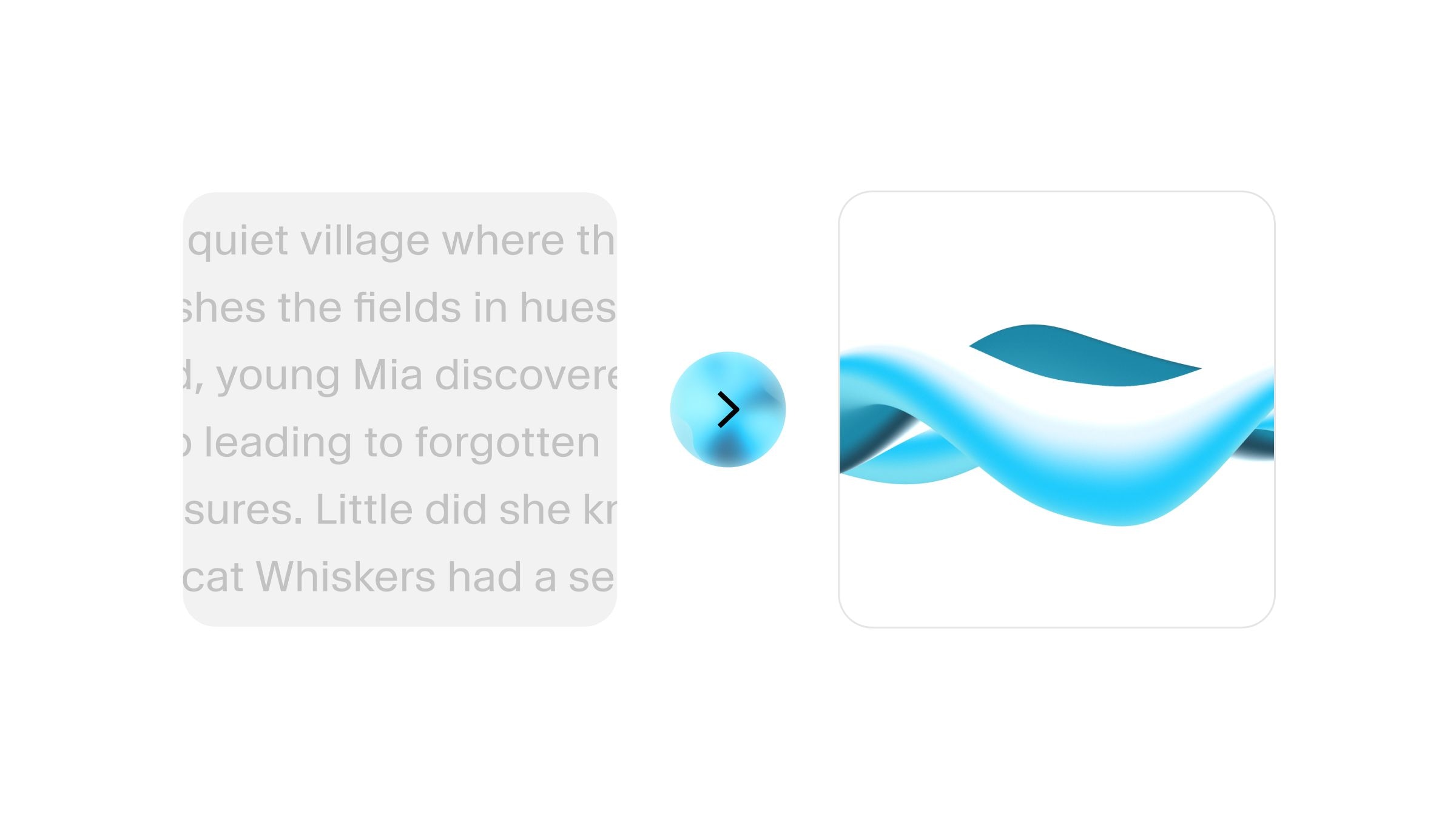This article is written by artists Daniel John Jones and Seb Emina, who created the radio station Infraordinary FM using voice technology from ElevenLabs.
To get the most from this blog post about Infraordinary FM we recommend you listen as you read. Open this link in a new tab. Press play. Return to this page. Carry on.
You’ll hear about events around the world that would never normally be thought of as newsworthy: beauty salons opening in Kuala Lumpur, wallets lost in California, light breezes blowing in Casablanca. All are factual and in real-time.
Infraordinary FM is the first news radio station in the world to be presented entirely by generative AI voices. It reports on activity from over 150 countries, spotlighting ordinary events spanning the earth, sea and sky: tides, aircraft movements, weather conditions, pinball scores, lost and found items, restaurant updates, ship movements and much more besides.
It was commissioned by Lab’Bel as part of the group exhibition Five Radio Stations, a series of artworks that are also radio stations, and can be heard online until 21 March 2024. We are the artists behind it, and it is our second joint project following 2014’s sunrise-tracking radio service Global Breakfast Radio.
The voices, named Thomas and Nicole, are provided by ElevenLabs, who instantly grasped the potential of the idea and made a generous offer of in-kind sponsorship. Combined with a soundscape inspired by Japanese ambient music and corporate informational sounds, Thomas and Nicole’s warm, almost whispered cadence creates the perfect atmosphere. It’s calming but also a little bit eerie: the waiting room of a luxury spa in the near future.
The term ‘infraordinary’ comes from infra-ordinaire, a word coined by the French author Georges Perec. “The daily papers speak of everything except the daily,” he wrote in 1973. “How should we take account of, question, describe what happens every day and recurs every day: the banal, the quotidian, the obvious, the common, the ordinary, the infraordinary, the background noise, the habitual?”
It’s only thanks to progress in AI voice technology that we were able to realise the idea of a vast radio service that offers exactly that, creating a system for plugging variable text-to-speech scripts into APIs and other real-time data sources.
From the Cornell Lab of Ornithology’s bird-spotting database to a crowdsourced map of pinball machines worldwide, the challenge was to find enough sources to create a dizzying sense of specific, random omniscience. Among these bulletins are concealed occasional secrets: literary references, analogue crackle, overheard glimpses of human DJs’ voices.
People are not only listening, but becoming listeners. In today’s era of fragmented attention, we anticipated people to dip in to the stream for a few minutes at most, but have found that many listeners are tuning in for several hours. We are exploring other potential manifestations, including exhibiting Infraordinary FM in a gallery, having it piped out of other kinds of space (hotel showers? Elevators?) and creating a dedicated artefact that plays it in the home. If you have a space and are interested in hosting a physical manifestation of Infraordinary FM, please get in touch.
Mostly though we are enjoying it on its own terms, how it transports the listener’s imagination to a series of places they might not otherwise have thought about. When we switched it on for the first time, it felt like a sort of magic, for that connection with other places to occur not via the spectacular, the unusual, the catastrophic, as with the regular news, but through the kinds of things we ourselves might be doing.
We hadn’t realised how human it would feel, or how our reaction would be a kind of empathy — for the countless unknown others whose restaurants are serving breakfast, who have found a set of keys, or who are looking at a gibbous moon. It’s good, sometimes, to remember what we all have in common.
That’s not a new insight, of course, but our hope is that this might just be a new way of having it.




